Below is the first story from Breaking Ground Farmer Ambassador Miriah Falce, Enologist at Cairdeas Winery.
The beginning and the end of the winemaking process
I can’t believe it’s been 8 months in my new home since the initial interview-when I say home I can feel it in my soul that this is where I’m meant to be-and so much has happened! The sun is out, its finally cracked 50 for a day (I try not to look at the warmer temps back in the Yakima valley), and I’m taking in my favorite view as I reflect on the past few months. In my initial interview I talk a lot about wanting to do bud to bottle and being a part of the whole process, and I can definitely say I’m getting to do that. In fact, this month has involved just that, buds and almost bottles.
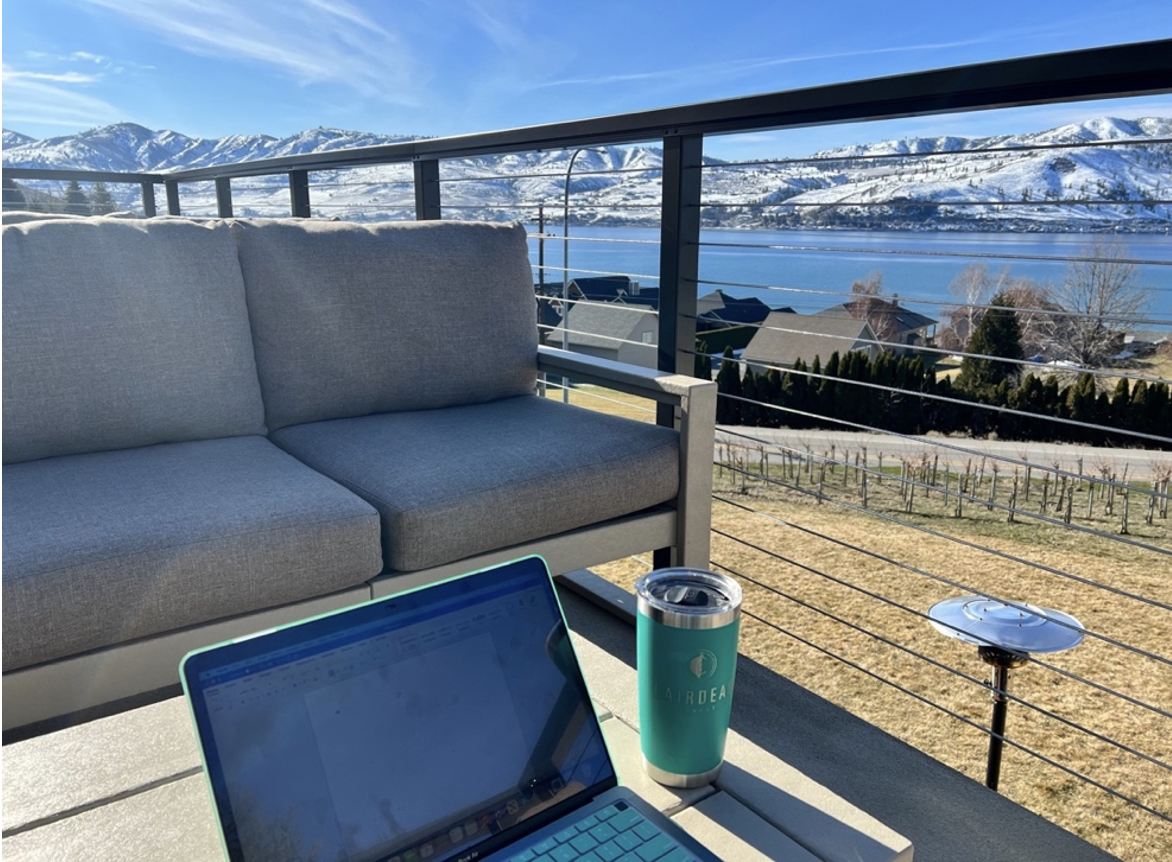
The Beginning: Pruning
The soil is warming and dormancy season is coming to an end which means it’s time to get out in the vineyards and prune, which not only sets this season up for success but future seasons as well. It’s quite the difference to go from following field crews on a 4wheeler and counting buds across 1000 acres to actually being the one pruning. It was quite peaceful. And have I mentioned the gorgeous weather?? Who else feels like they come alive as Spring starts to hit?
Although we source many of our grapes from Lawrence and Boushey vineyards, the three estate Rhone varietals that we do have are extremely unique. Clairette Blanche is used for sparkling wine, head trained/gobelet Syrah for single varietal red wine, and Picardan for single varietal white wine. While I’ve worked with Syrah before, head trained is new for me as well as the two whites.
In fact, Cairdeas is 1 of 5 vineyards in the entire US that has Picardan (the only in Washington, the others are in California and Texas) so not many people work with or taste it! Used as a rare blending grape in Châteauneuf-du-Pape, there’s only about 2 acres remaining there.
Pruning is necessary every year, as every cane has buds the entire length and leaving too many would throw off the vine balance. We leave 3 buds per spur, which allows us the opportunity to go back and shoot thin if we see necessary, but ideally allows us the right amount of fruit for concentrated flavors and ripening without being too much or too little vigor for the vine. Again-balance. Pruning also allows future spur positions to be set up in the most efficient way possible which is important when training young vines. Other than an overnight dump of 2 feet of snow and a few days of single digit temps, we had no cold events to cause worry about bud damage. Cold damage can be quickly assessed by cutting a cross-section of a bud and visually checking for green tissue.
I am absolutely loving each of these estate varietals that I got to harvest and help make into wine, but I never got to be a part of their growing season, so being out there as we bring in the 2022 vintage feels so special. It’s also been fun to have the instant gratification of the ready to drink Picardan, the excitement of inoculating the Clairette base wine for sparkling later this month, and the patience for the Syrah sleeping in barrel for another year.
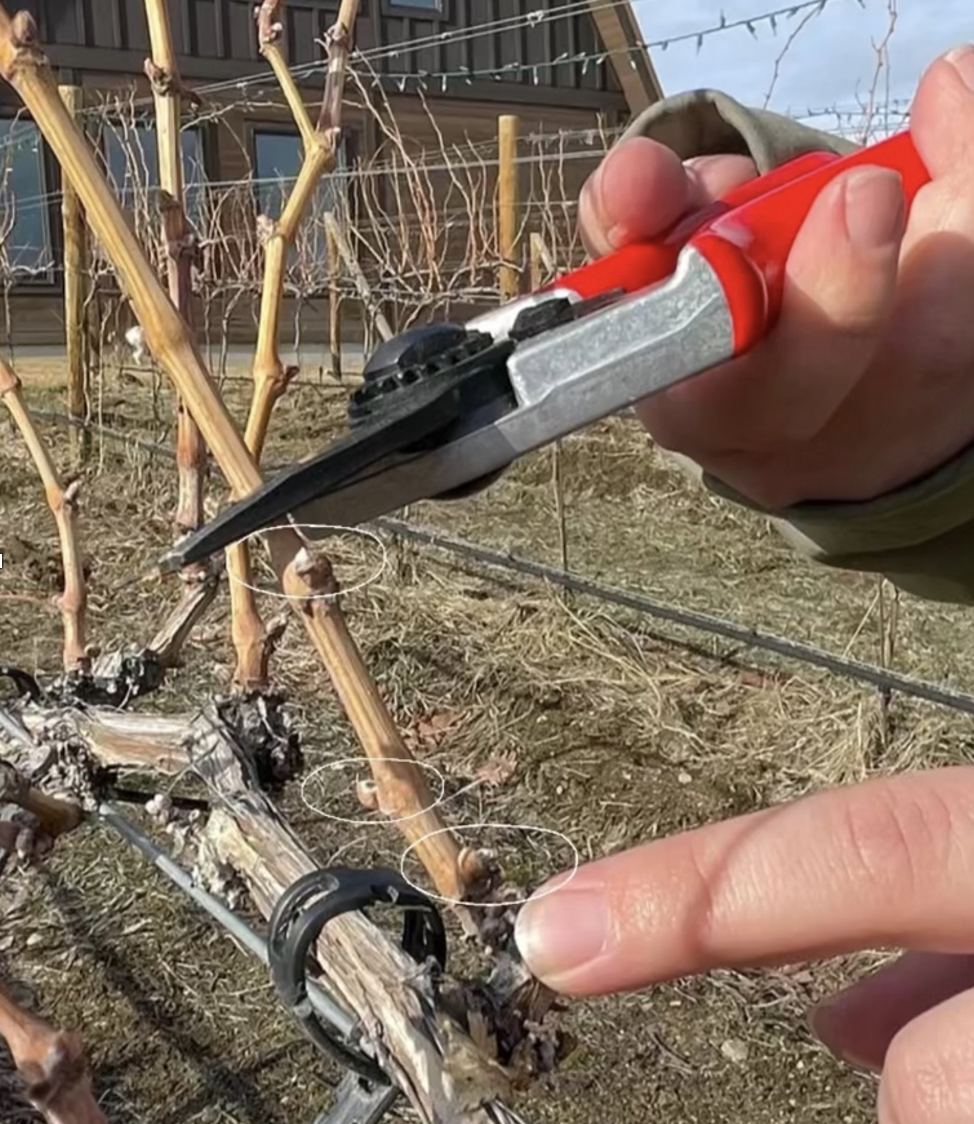
The End: Blending
Speaking of estate Syrah sleeping in barrel, this month we’ve finally worked through all of the 2020 blend creations as we prepare for our upcoming bottling day. Just another reason why pruning is so exciting, I’m getting to taste the fruit from the estate block picked 18 months ago, while also spending the afternoons with the beginning of the upcoming vintage.
I’ve always been a technical, science based, analytical person… which doesn’t translate well to having a creative side. People always say winemaking is a mix of art and science so luckily I get to find a way to combine both in a way that fits me- and blending is when we get to make our final art piece.
One of my favorite examples of blending from this month is when we were hammering out our Tri- a typical GSM blend. Glass after glass we kept making a little tweak, hoping that change would influence the mid-palate or this one would add a little more spice. It’s easy to think, “Oh you have 3 wines (Grenache, Syrah, Mourvèdre) you just mix them together” but that’s not the case.
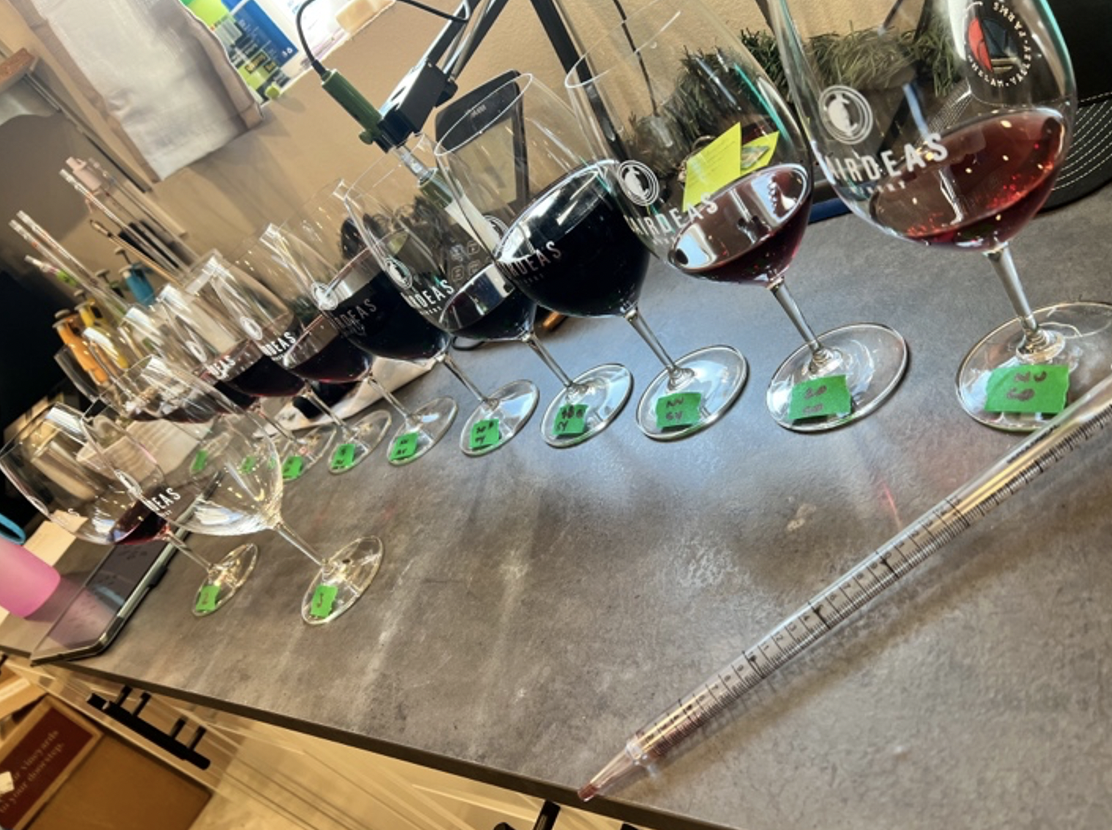
After the initial racking, we return every individual barrel to the one it came from… which makes a huge difference! It leaves each barrel as a unique player instead of homogenizing the entire Syrah lot into one uniform piece. But that also doesn’t just mean it’s as straightforward as Syrah in French vs American oak, it gets so much deeper than that. It’s new French or American, once filled French or American, neutral French or American, once filled American but two different Coopers. Syrah from Boushey but maybe that other Syrah from Meek has just the missing element we’re looking for.
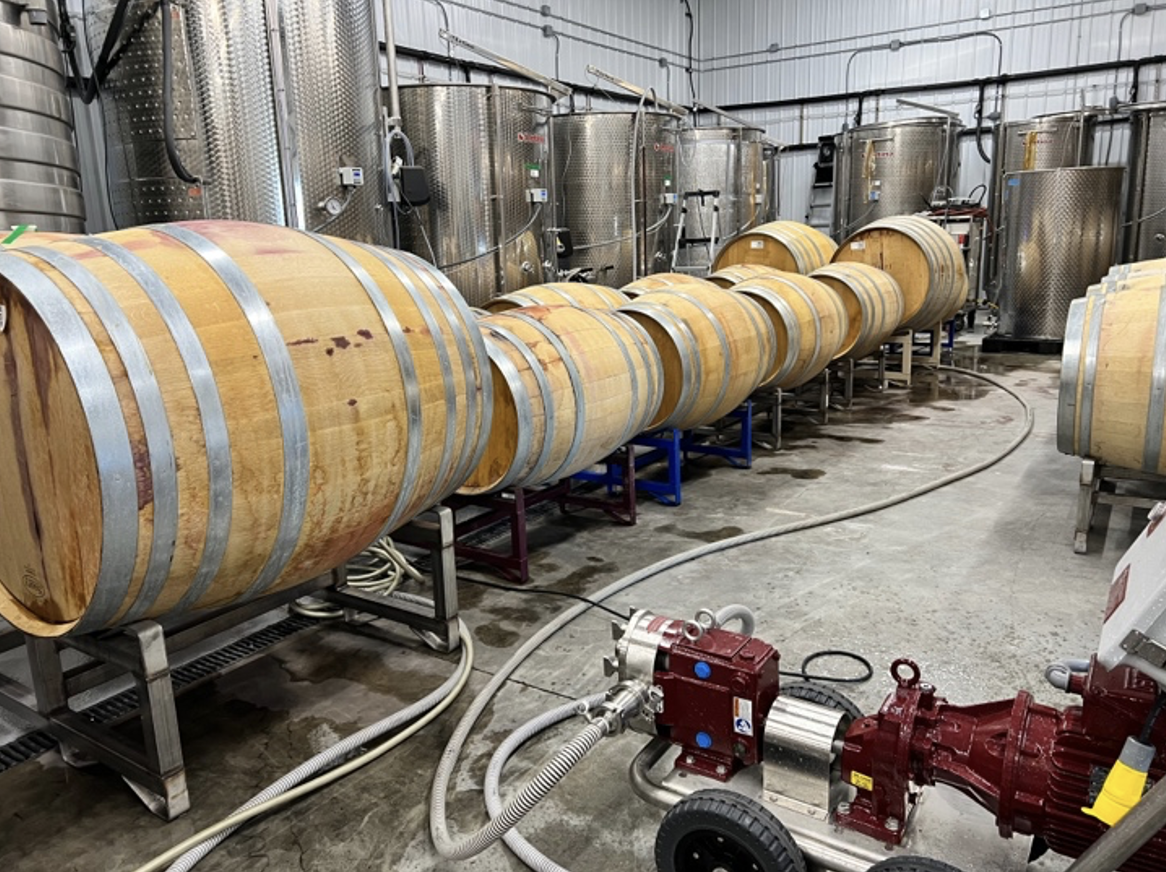
My boss compared blending our Tri to being an artist- as you can see in the we don’t just have three “colors” in front us and expect to make a painting, we have 12+ and combine them in different ways to create the final picture. I don’t think a lot of consumers really comprehend how intensive blending can be (or the entire winemaking/ viticulture process which again why this program is so cool) and how nitty-gritty we get with every decision to create the best wine.
There are so many reasons why moving to a small winery has been beneficial for me- working with so many different coopers and barrel styles (and all of the tasting that comes with that) has really helped me develop my own preferences as I work on my own projects. And now that this last big winemaking task has been completed and the barrels are empty, we count down to bottling day!
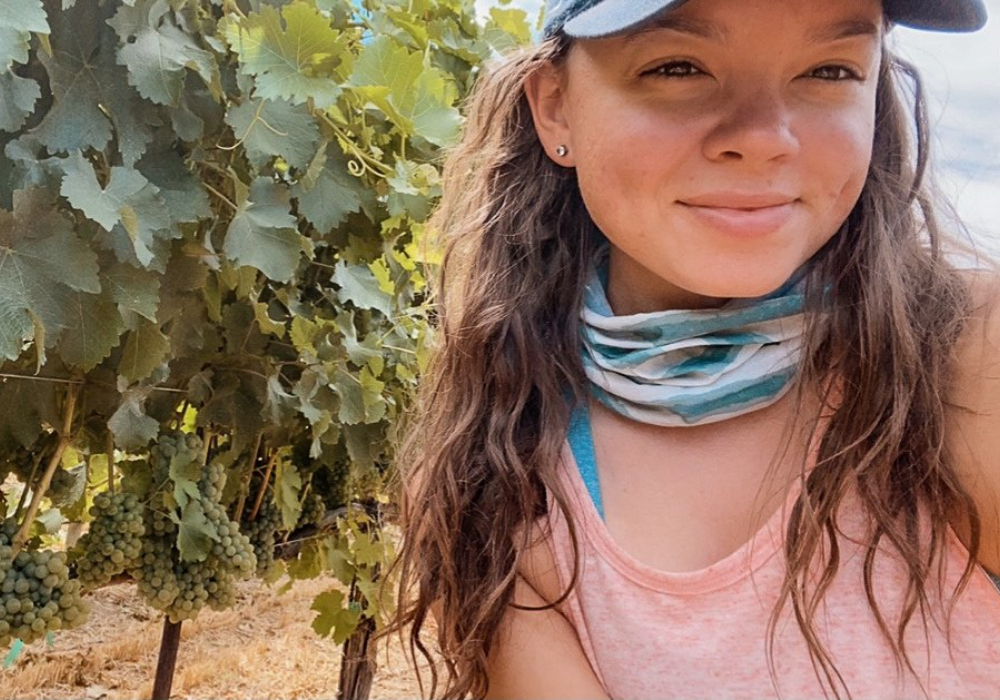

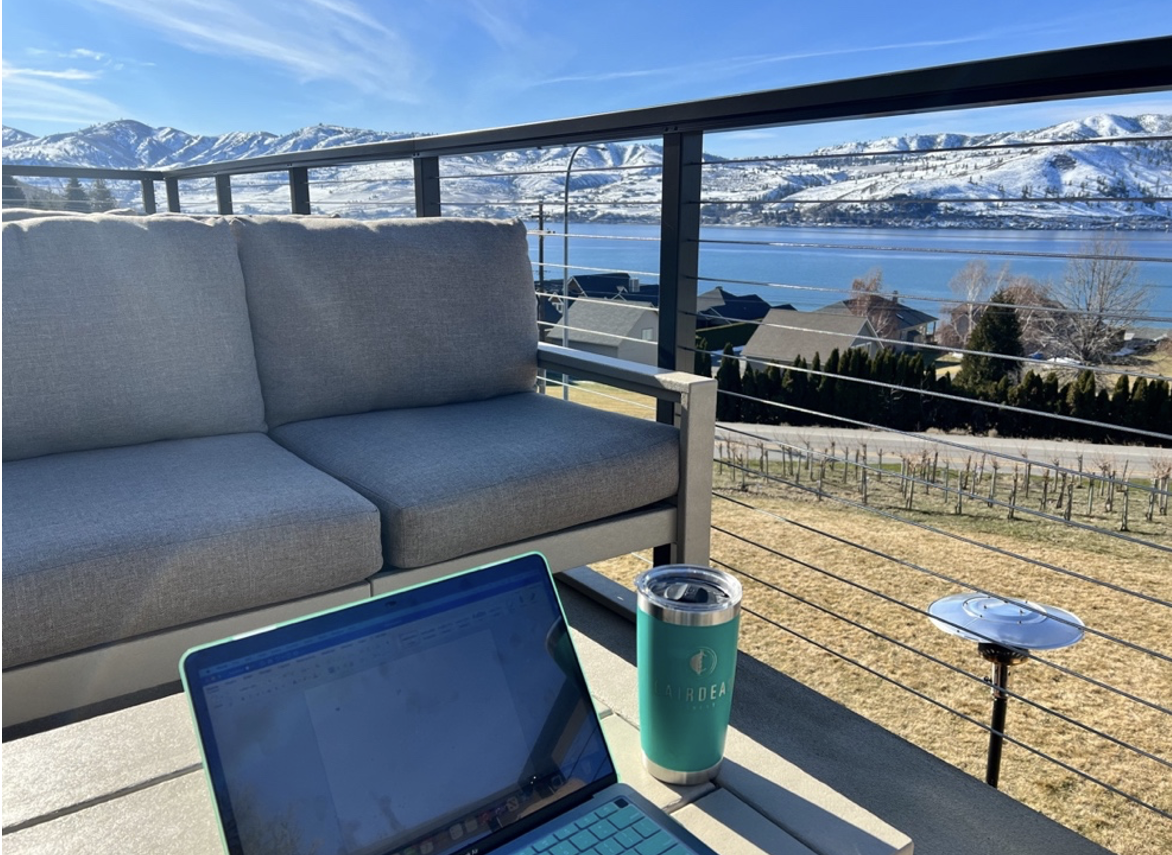
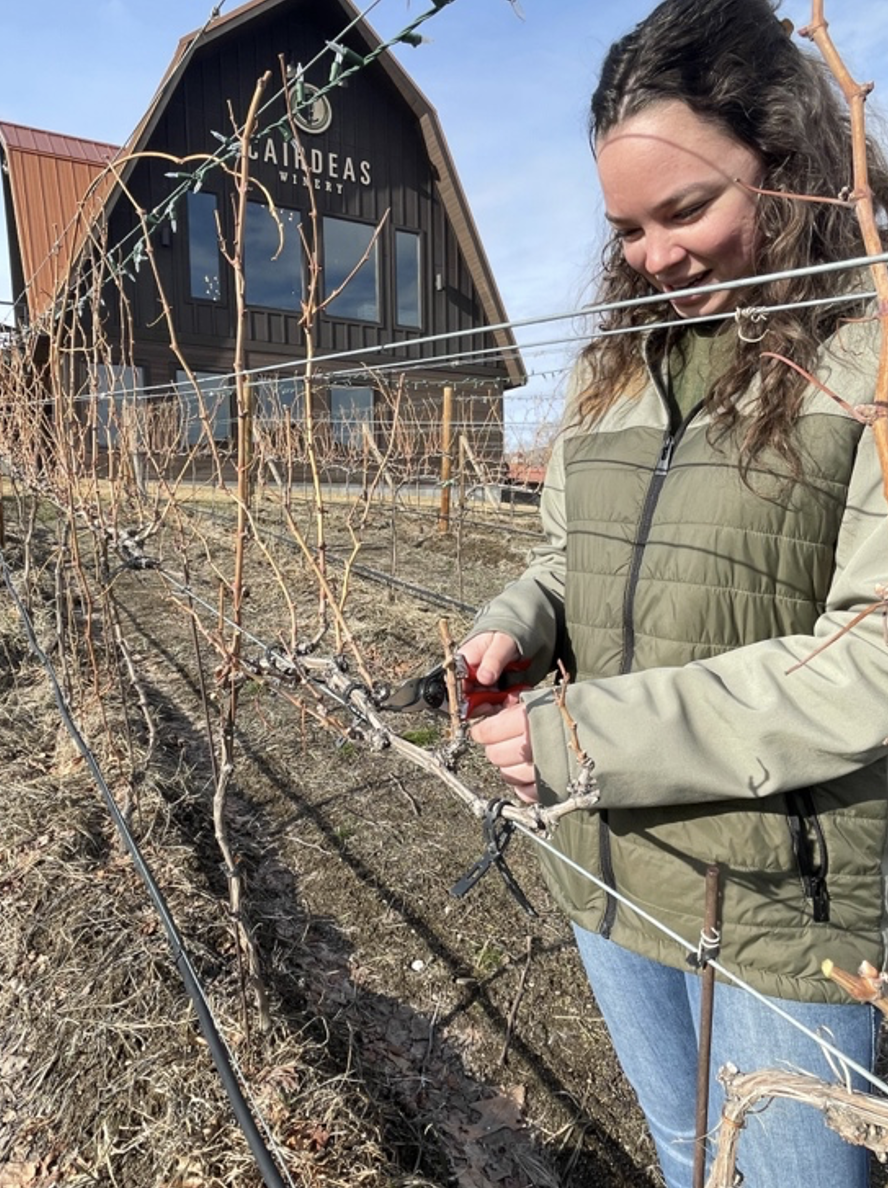
Join the Conversation